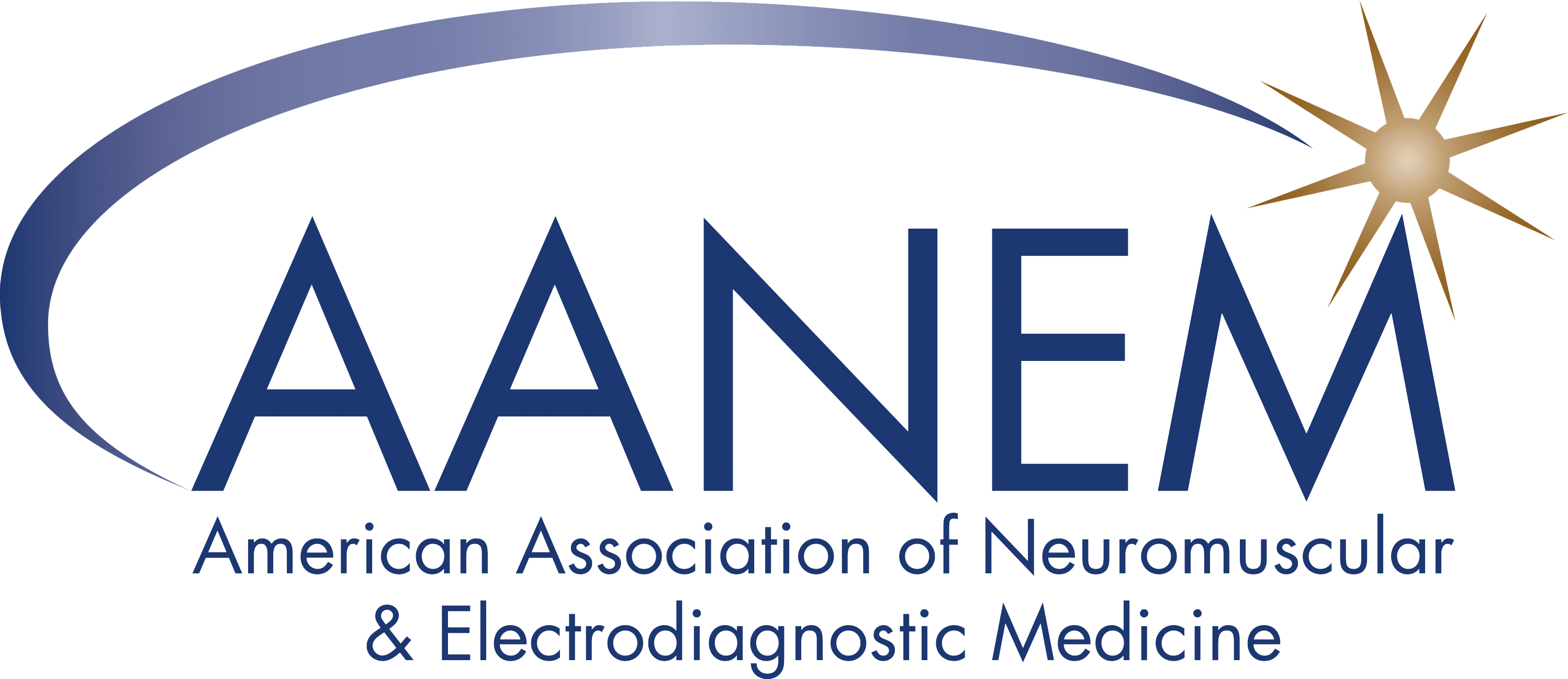AANEM Connect

Join this vibrant community of professionals eager to exchange ideas, share resources, and engage in meaningful discussions. Use this platform as a sounding board to seek advice for navigating challenging cases or career decisions, and receive expert guidance from generous peers who want to help you succeed.
Paraplejia after spine surgery with normal MRIs.
Case ONE: 53 year old man with NSPMHx who was admitted 10/7 for elective cervical spine decompressive Sx. For C5-7 HNP with cord compression. Pt had chronic cervical pain associated to paresthesias and mild weakness of the Ues and also chronic LBP associated to paresthesias in the Les and weakness in the Les, states, however, was able to ambulate without any aid able to function on a day to day activities. Pt underwent C5-7 Anterior Cervical Decompression and Fusion with general anesthesia. Pt states when He woke up from the surgery was not able to move his arms or legs and had pain in the cervical and lumbar spines, also complained of numbness in the entire Les, LUE, and also bilateral face L>R.
States has been able to control the urine though. On the following AM there is partial improvement in the mobility of the Ues but no improvement in the Les . Exam shows initially 4/5 RUe and 4-/5 LUE weakness of the UEs with both proximal deltoids 4-/5 , and 0/5 in the entire both LEs except for minimal wiggling of the toes bilaterally, there is generalized hyperreflexia ( which as per report was present prior to Sx) with mute plantars and there is sensory loss LEs> UEs> face and L>R, no definite level.
The first sets of MRIs brain, c, T, and L spines shows good cervical decompression, normal cord, and no significant lumbar stenosis although has disc disease, interestingly the brain showed L frontal cortical dysplasia and partial agenesis of the C Callosum , ( Pt was a post office worker and had no disabilities) . Started on decadron and 3 days later a repeat set of studies including Brain and entire spine, this time with Diffusion and with T2 spin Echo sequences to exclude cord ischemia was done and again were negative. after 3 days Pt strength improved in the UEs to 5/5 but remain unchanged in the LEs
Case TWO: 67 y.o. RH female with a history of HTN, HLD, OSA, DM who was admitted on 10/10 for partial L2 and complete L3-L4 lumbar laminectomies. Preoperatively, she was ambulating without issue, but suffered from back pain. She had no preceding weakness, numbness, or urinary symptoms. She underwent surgery 10/11 afternoon and upon waking, was unable to move her legs. A foley catheter needed to be placed due to urinary retention.
The exam showed normal CNs and UEs, Motor: Ues : 5/5
Les: Hip flexion 1/5, hip adduction and abduction 2/5, knee flexion 3-/5 and knee extension 0/5 , feet and toes 1/5 bilaterally. Reflexes are 2 in the Ues and absent in the Les , plantar responses were mute.
Sensory: has a sensory level at T7 bilaterally.
MRI of the L spine showed good decompressive surgery and no other pathology. C and MRI T spine with contrast were also negative with normal cord!!! was placed on steroids...
This second patient received Liposomal Bupivacaine ( Exparel) for analgesia into the paraspinal muscles for post-op analgesia...I have not found any reports of permanent paraparesis with this medication so far....
The Dx concerns were cord edema, cord infarct, white cord syndrome and even I considered Periodic paralysis ( normokalemic since both patients had normal K) ..however, the first Pt is been plejic for 9 days now and then the second for 5 days.
Please, anybody, have seen something like this? I will be looking forward for your comments and your help
In order to comment on posts and view posts in their entirety, please login with your AANEM member account information.
I enjoy participating in the AANEM Connect Forum for a number of reasons. There are very fundamental questions posed on a frequent basis that cause me to pause and ask myself, ‘Why didn’t I think of that?’ Also, I continue to learn new things when others contribute their thoughts and experiences. Connect is an excellent opportunity for members to interact and to address any topic, including those that may not be discussed at an annual meeting or journal article.
Daniel Dumitru, MD, PhD
